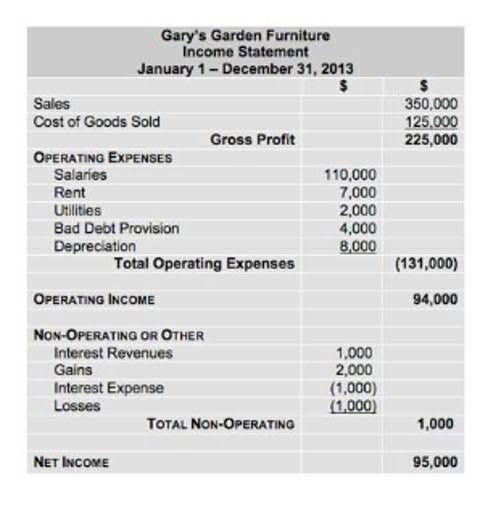
This feature allows you to focus on specific dimensions and gain insightful knowledge regarding the financial health of your business. Not only is the process tedious and time-consuming, but it requires a lot of accounting knowledge to be done perfectly and completely free of error. On February 15th, the company XYZ invoices a client for $600 worth of service. The payment terms of the invoice call for payment to be received in the following 20 days. T accounts are used in a bookkeeping method known as double-entry bookkeeping.
Advance Your Accounting and Bookkeeping Career

T-accounts are gold for understanding and managing a business’s financial transactions. retained earnings They help match revenues and expenses accurately, giving a clear picture of financial health. For more examples and applications, explore our sections on journal entry and t accounts.

Remember the Golden Rule: Debits = Credits (Always!)
- However, As manual ledger accounts, T-accounts lack the flexibility to generate such customized reports efficiently.
- The left side of the T-account is for debits, and the right side is for credits.
- This is the income your business earns from selling goods or services.
- Let’s say a company had $10,000 in its cash account as of the end of an accounting period.
Interest income is the money that a company earns from its investments, such as interest on savings accounts or bonds. Investment income is the money that a company earns from the sale of its investments, such as stocks or real estate. Equity accounts are important because they provide insight into the financial health of a company. They show how much capital has been invested in the business and how much profit has been retained.
We and our partners process data to provide:
You wrote a check for 5,000 dollars which reduced your Cash account. On a blank piece of paper, draw your three T accounts, making them large enough you can write numbers on either side of the T. Congrats, if Certified Bookkeeper you got through that, you are going to be doing pretty well with T accounts. Pause here and see if you can work out this problem using T accounts. Now that we established a T account is a visual representation of an account, most people wonder if they can do this for any account.

Time-consuming for complex businesses

T-accounts, primarily designed for cash-based transactions, may not adequately accommodate accrual accounting principles. On the left side (debit) of the “Supplies” T-account, we record $50 because our supply inventory has increased. On the other hand, for the “Cash” T-account, since cash is decreasing, we put $50 on the right side (credit). This ensures our T-accounts maintain balance, reflecting the equal exchange of value that happened in the transaction.
Entrepreneurs and Small Business Owners
- For example, terms of “1/10, n/30” indicates that the buyer can deduct 1% of the amount owed if the customer pays the amount owed within 10 days.
- A record in the general ledger that is used to collect and store similar information.
- Maintaining easy-to-read, detailed, accurate, and compliant books is a challenge.
- Drag and drop transactions, visualize account balances dynamically, and even link them to your general ledger.
A liability account on the books of a company receiving cash in advance of delivering goods or services to the customer. The entry on the books of the company at the time the money is received in advance is a debit to Cash and a credit to Customer Deposits. The permanent accounts are all of the balance sheet accounts (asset accounts, liability accounts, owner’s equity accounts) except for the owner’s drawing account. Salaries Expense will usually be an operating expense (as opposed to a nonoperating expense). Depending on the function performed by the salaried employee, Salaries Expense could be classified as an administrative expense or as a selling expense. If the employee was part of the manufacturing process, the salary would end up being part of the cost of the products that were manufactured.

Everything to Run Your Business
- Company XYZ provides and collects $4,000 worth of repair services.
- It is also important to understand how dividends and interest income are recorded, as well as any gains or losses on the sale of these assets.
- A T account resembles the letter T and visually represents the debit and credit entries of financial transactions.
- This is done according to time-honoured rules which treat asset accounts differently from liability accounts and the capital account.
- The rules of debit and credit are used to ensure that financial statements are accurate and balanced.
- The debits are always transferred to the left side and the credits are always transferred to the right side of T-accounts.
The use and purpose of a T account is to help business owners visualize the amounts on each individual account. Splitting out debits and credits makes it easier to quickly spot things when looking at the ledger. The matching principle in t accounts accrual accounting states that all expenses must match with revenues generated during the period. The T-account guides accountants on what to enter in a ledger to get an adjusting balance so that revenues equal expenses.


Deixe uma Resposta